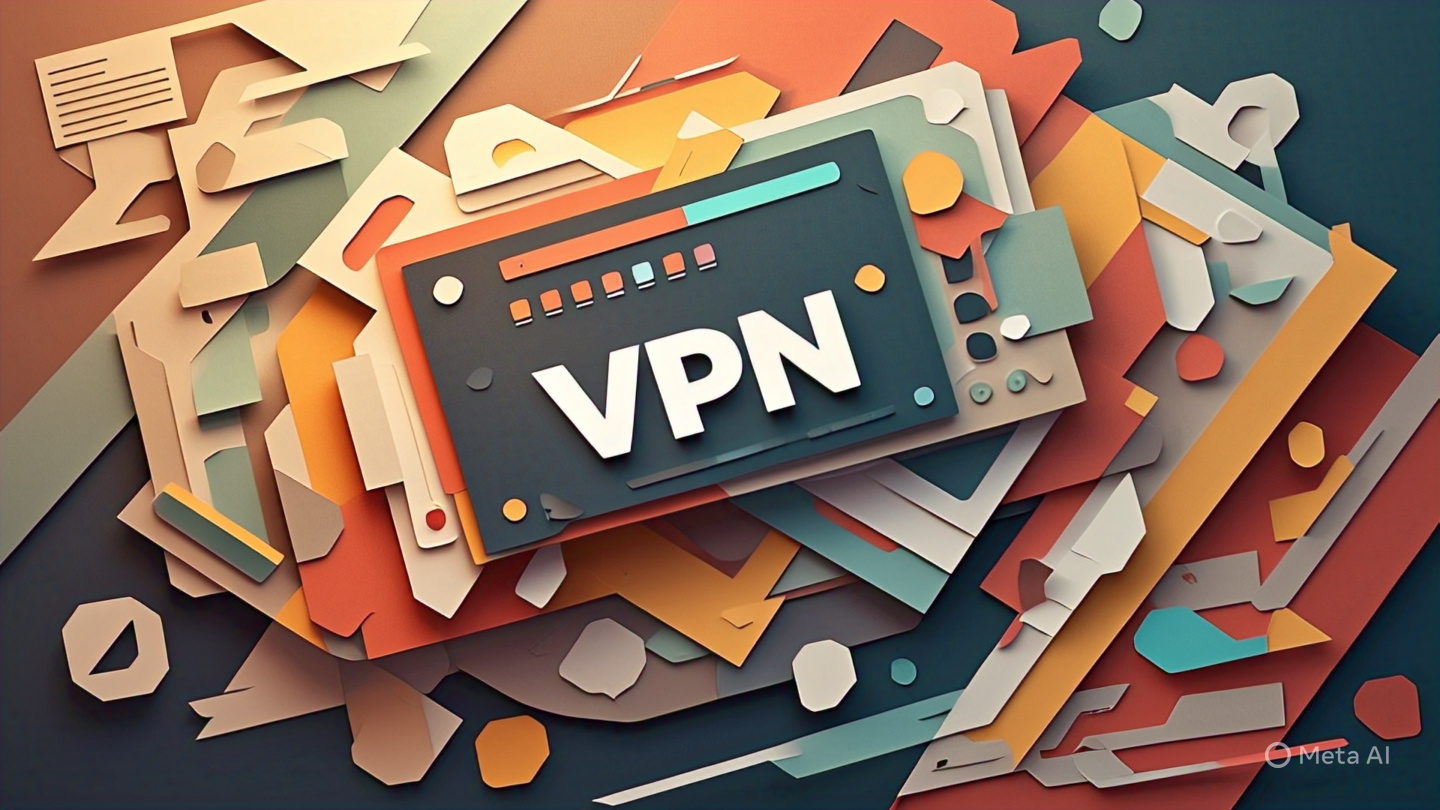
Guide to Bypassing VPN Blocks at School or Work Environments
In today’s digital age, Virtual Private Networks (VPNs) have become a vital tool for securing online privacy and accessing geo-restricted content. However, some institutions like schools or workplaces block VPN usage to maintain control over their network. If you’re in such a predicament, this article will guide you on how to bypass VPN blocks in a school or work setting effectively.
Understanding VPN Blocks
Before we delve into bypassing VPN blocks, it’s essential to understand why these blocks are put in place. Schools or workplaces might block VPNs to ensure students or employees focus on their work, prevent access to inappropriate content, or to safeguard the network from potential threats.
They do this by blocking IP addresses associated with known VPN servers, using firewalls to detect and block VPN traffic, or blocking VPN ports. Understanding these methods will help you devise a strategy to bypass these blocks.
Ways to Bypass VPN Blocks at School or Work
Several methods can help you bypass VPN blocks, each with its pros and cons. It’s about finding the one that works best in your situation.
Switch VPN Providers or Servers
If your school or workplace has blocked the IP addresses of known VPN servers, switching to a different VPN provider might resolve the issue.
- Some VPN providers have servers specifically designed to bypass VPN blocks.
- Others regularly change their server IP addresses to evade detection.
- Alternatively, you can manually select a different server from your VPN provider’s list. Ideally, choose servers located in countries with less stringent internet restrictions.
Use VPNs with Stealth Technology
Some VPNs have stealth technology which makes your VPN traffic appear like regular HTTPS traffic, thus bypassing firewalls that detect and block VPN traffic. Examples of such VPNs include ExpressVPN, NordVPN, and VyprVPN amongst others.
Change VPN Protocols
VPNs work using different protocols, each having its specific port. If your institution blocks certain VPN ports, switching your VPN protocol can help bypass the block.
- OpenVPN, for instance, uses ports 80 and 443, which are also used for regular internet traffic, making it harder to block.
- L2TP/IPsec uses port 500, which is less likely to be blocked as it’s used for secure communications.
Use a Proxy Server
A proxy server acts as a middleman between your device and the internet. It hides your IP address, making it seem like your internet traffic is coming from a different location. While not as secure as VPNs, proxy servers can be useful for bypassing VPN blocks.
Conclusion
Bypassing VPN blocks at school or work requires a bit of trial and error to find what works best in your situation. Whether it’s switching VPN providers or servers, using stealth technology, changing VPN protocols, or using a proxy server, there are several ways to maintain your online privacy and freedom. Remember, however, to always use these tools responsibly, respecting the rules and regulations of your institution.